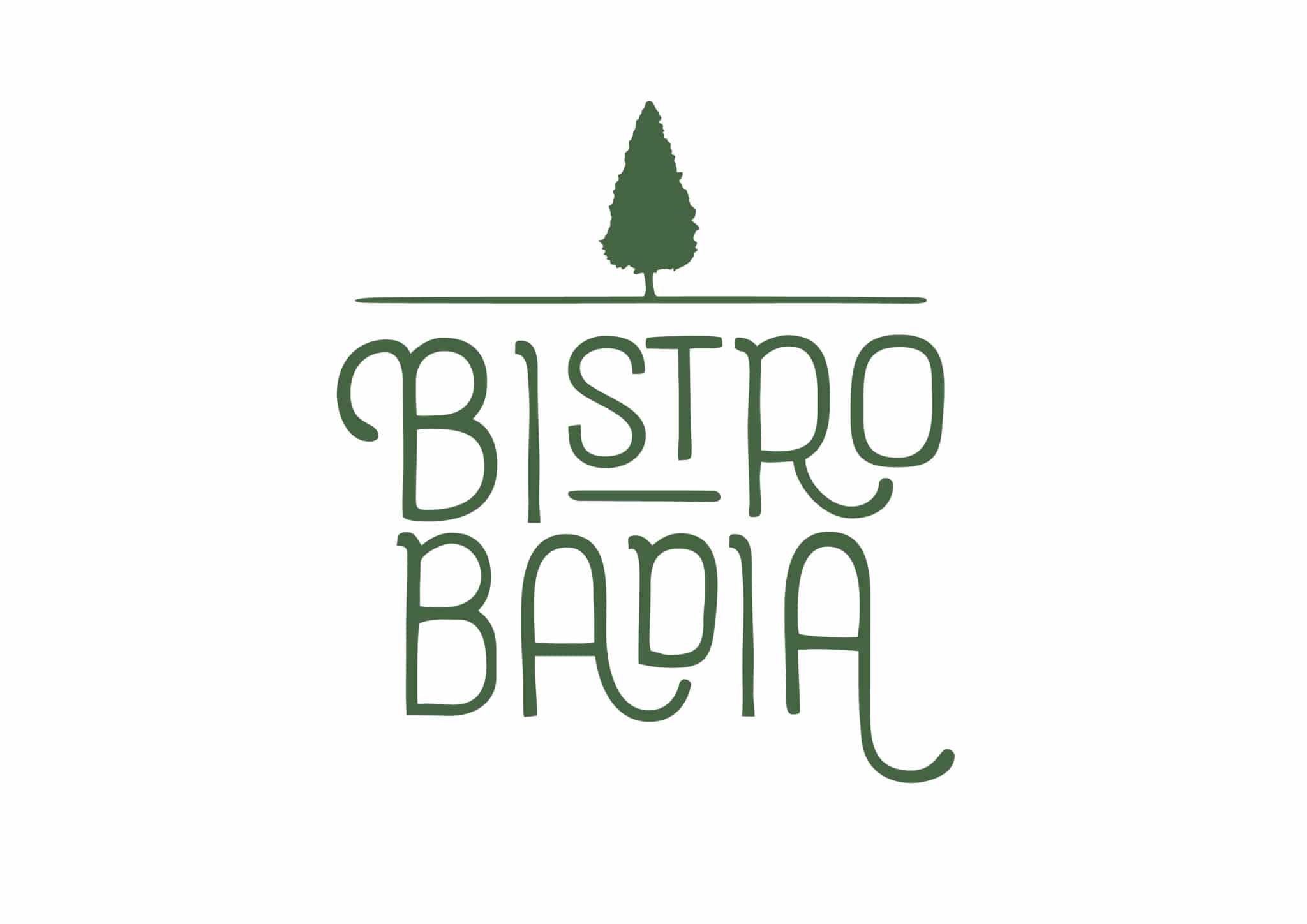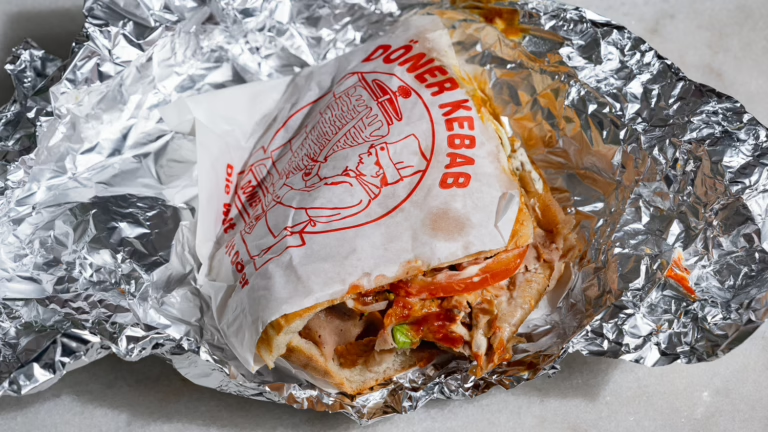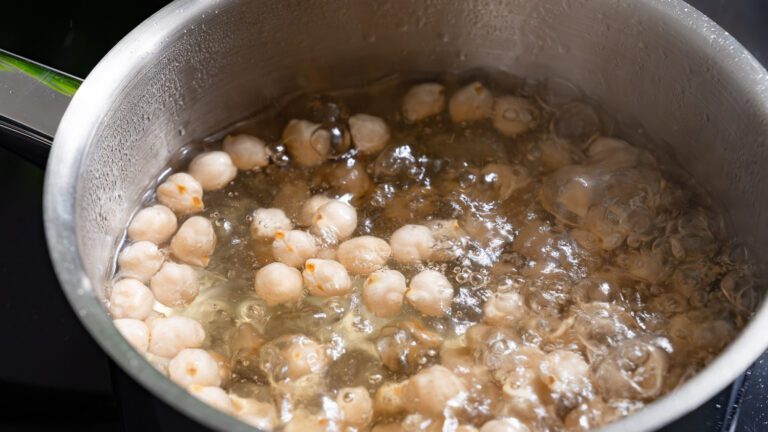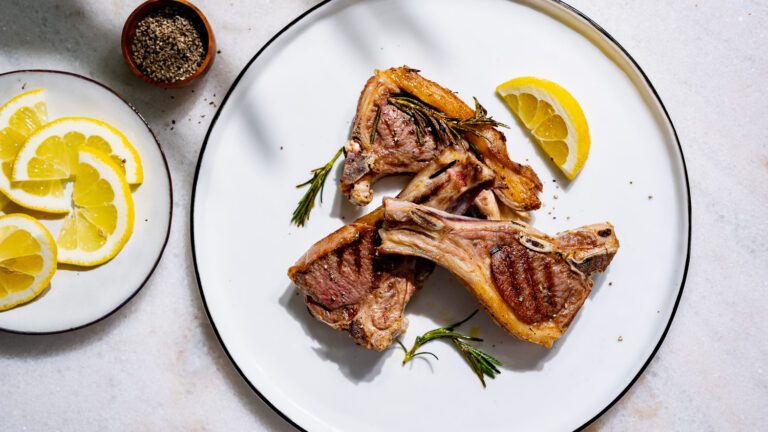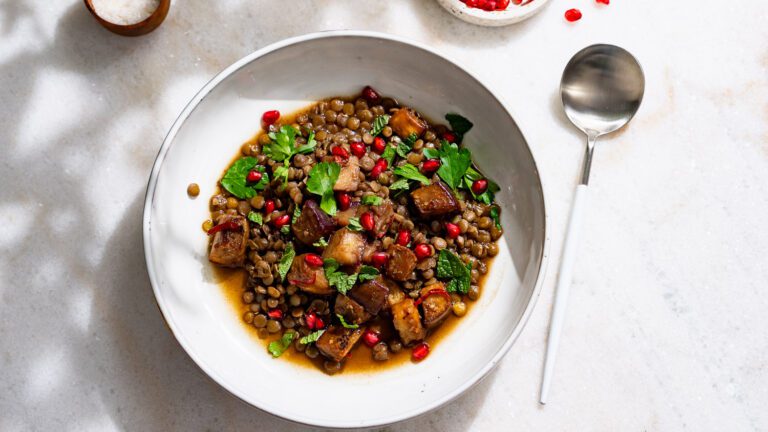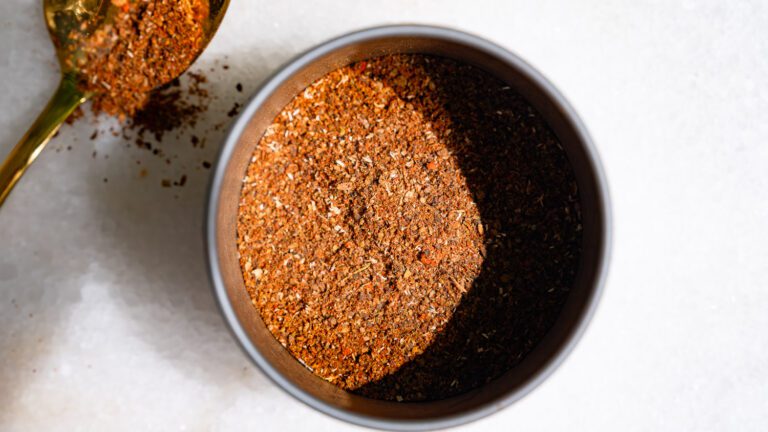Chocolate and couverture – what’s the difference?
Chocolate and couverture are often used in baking to enhance baked goods. They differ in their fat content, but both consist of the same ingredients: Cocoa, cocoa butter and sugar.
Chocolate has a lower fat content than couverture and is therefore well suited to being used as pieces in cookies and cakes.
Couverture has a higher fat content than chocolate and is ideal for coating cakes, gateaux or pralines. However, the temperature should be taken into account, as the couverture loses its gloss if it is heated too high.
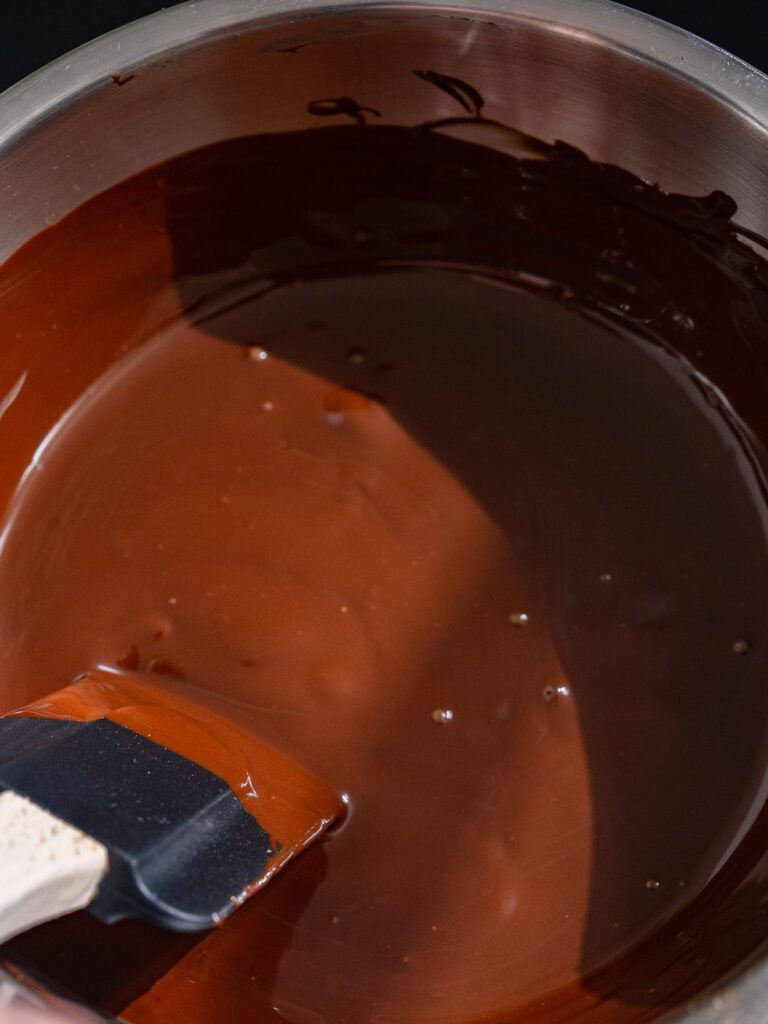
The composition of chocolate and couverture is regulated by law in Germany. The ordinance on cocoa and chocolate products stipulates that…
- Chocolate must contain at least 35% total cocoa solids, of which at least 18% must be cocoa butter and at least 14% must be fat-free cocoa solids.
- couverture must contain at least 35% total cocoa solids, of which at least 31% must be cocoa butter and at least 2.5% must be fat-free cocoa solids.
To summarize, chocolate and couverture differ in their fat content. Chocolate should be used for baking and couverture for decorating.
If you are still looking for a delicious chocolate recipe, then try the Dubai chocolate or the Dubai chocolate dessert.
You can also follow me on Instagram for even more inspiration about Levante cuisine.
